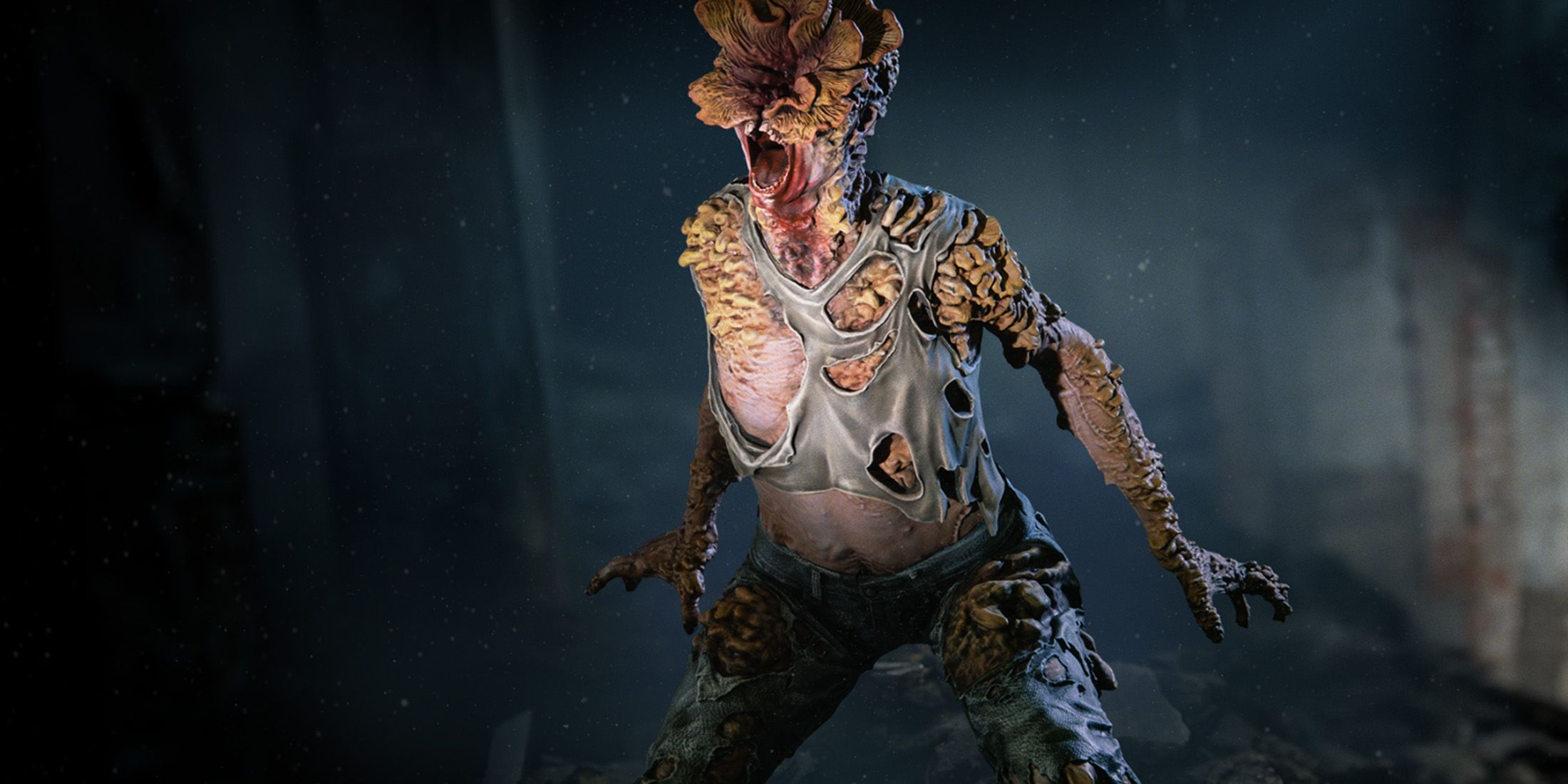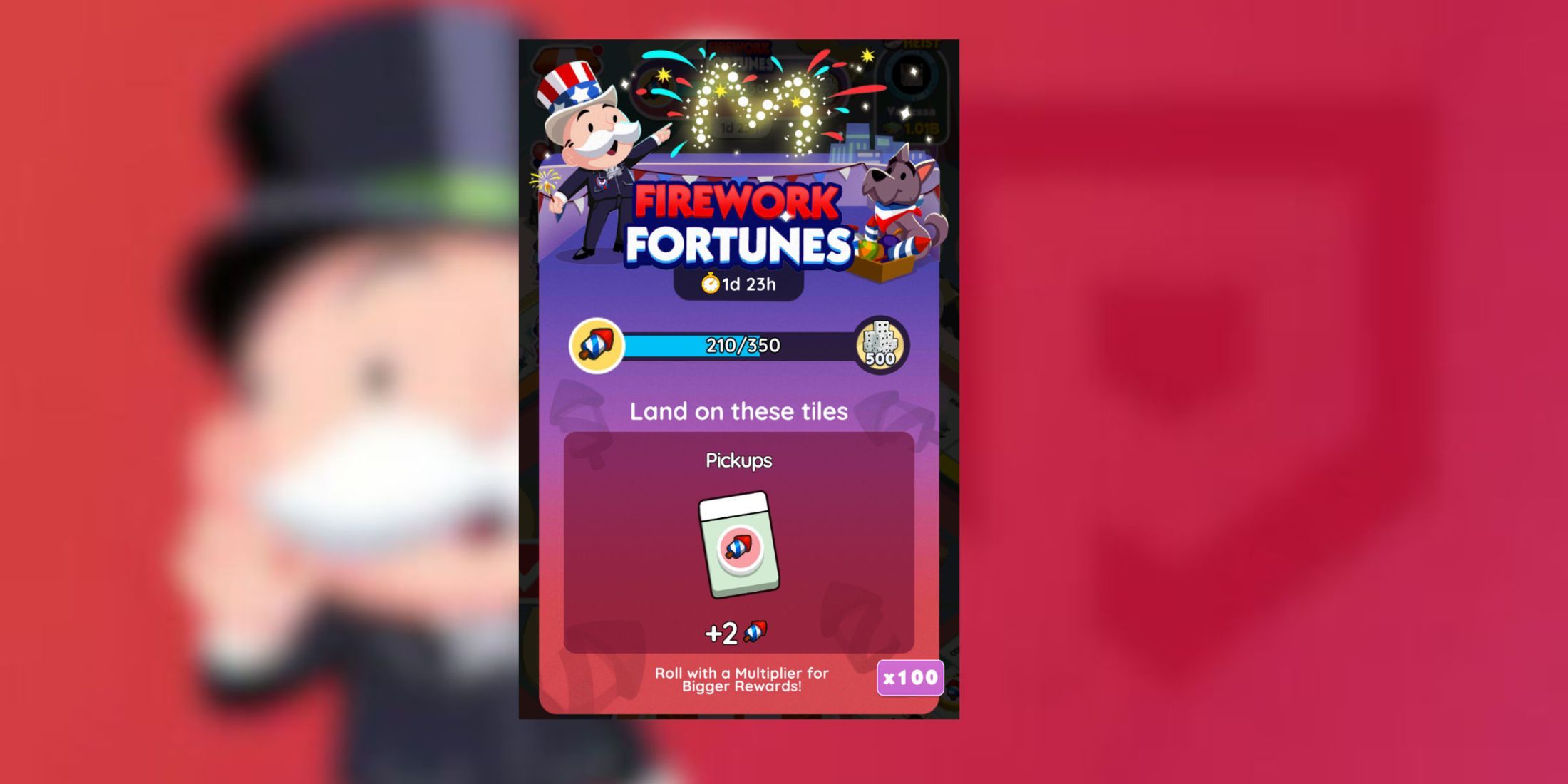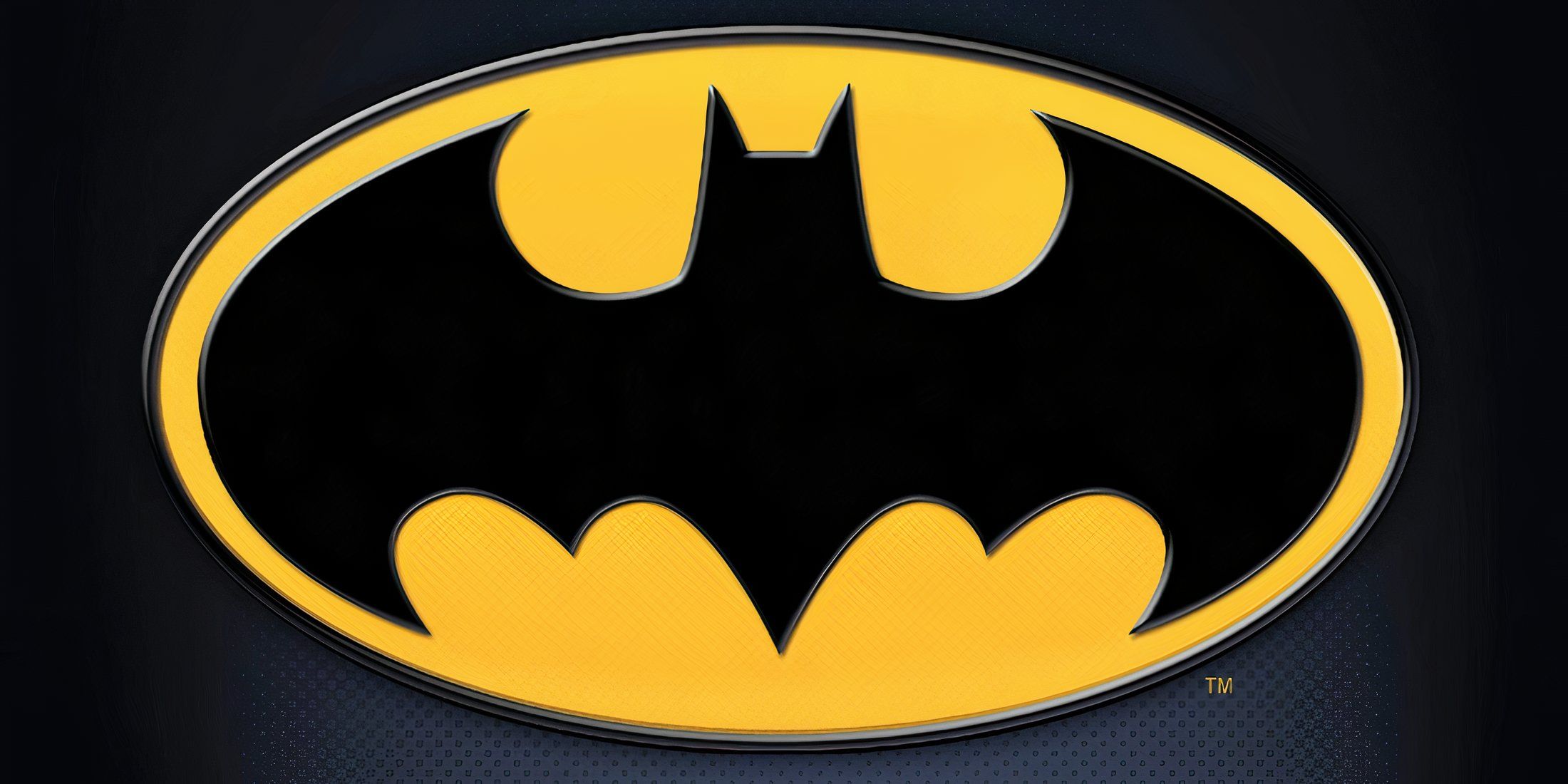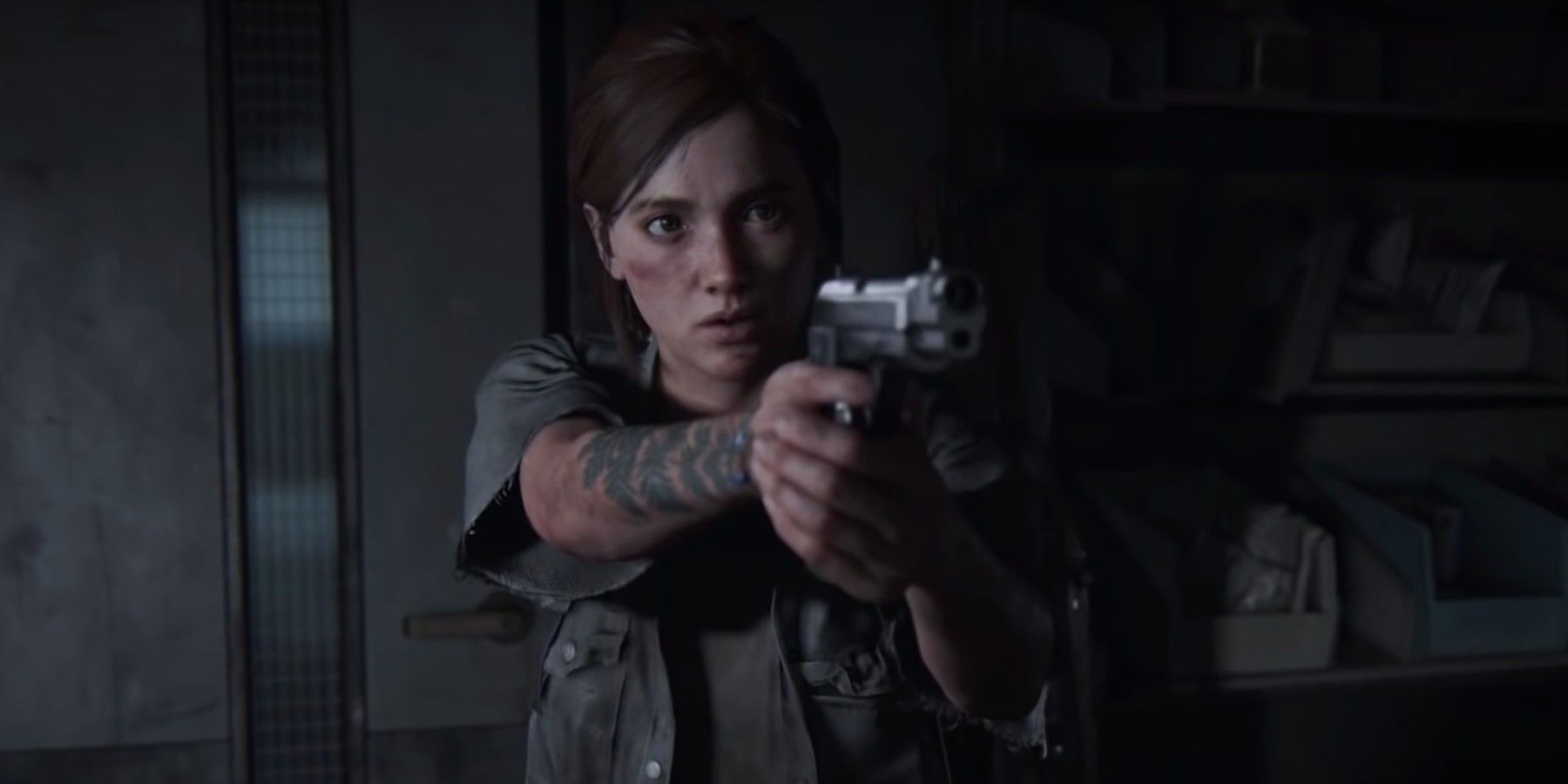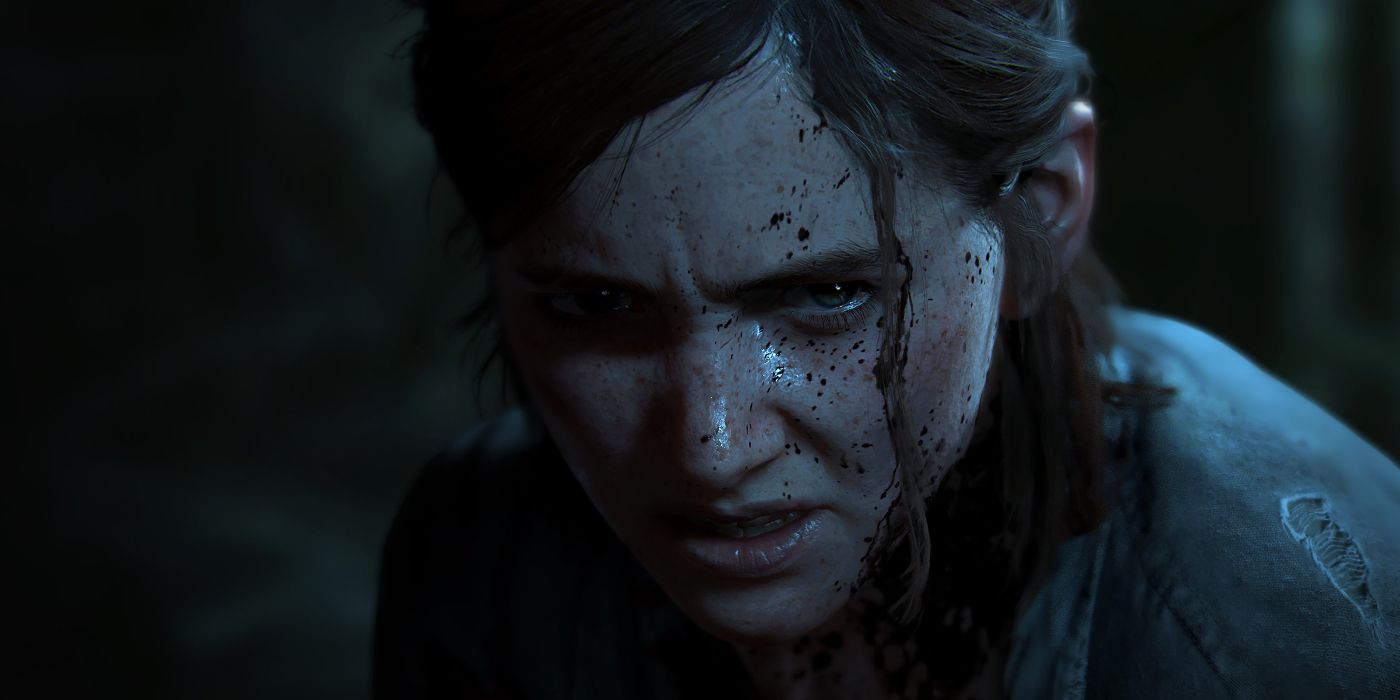The Last of Us Part 2 was a divisive release, spurred on by leaks detailing the fate of Joel as the crux of its revenge-laden story. While its narrative continues to be a point of contention among players, there is one thing that all can agree upon: the title relies heavily on its depiction of violence, weaving its brutality into both gameplay and cinematic sequences. Though this was intended as a way to hone in on the cyclical nature of violence surrounding The Last of Us' characters, some could argue that its focus was a double-edged sword, exacerbated by the dissonance between the player's and Ellie's choices.
The Last of Us Part 2 concerns itself with Ellie's quest for revenge against Joel's killer, Abby, moving between the plights of the two characters as their paths intertwine. The title's narrative seeks to demonstrate the repercussions of Joel's action throughout the first game, making his killing of hundreds more tangible through the loss of Abby's father, one of the doctors who sought to operate on Ellie for the development of a cure. The Last of Us' final moments in the Firefly base relay an unfairness in actions from both sides.
The Last of Us Part 2's Brutality is a Vicious Cycle
The Last of Us Part 2's brutality begins with the slaughter of Joel and follows with a string of violence in its wake; just as Abby sought revenge for her father, Ellie seeks vengeance against Joel's killer. The quest to find and put an end to Abby's life is an arduous one as Ellie tries to ascertain her location, resulting in the murder of Abby's friends in an attempt to learn of her whereabouts.
Given that Ellie is one-half of The Last of Us Part 2's playable characters, the narrative seeks to make her actions feel like an extension of the player's. This is exacerbated through the use of named NPCs, with enemies reacting toward the death of their allies during the title's combat sections.
While this feature was integrated to make the player think more closely about their violent impact, its effect may have amplified the dissonance between Ellie's more notable killings and the player's lack of choice. The murders of Abby's friends take place exclusively during cinematic cutscenes, with no option other than the occasional button prompt to proceed.
This treatment extended not only to the murder of characters like Mel and Owen, but also to animals; as Ellie, the player is forced to kill Alice, Abby's German shepherd companion, during a similar QTE cinematic. Though it can be argued that these moments serve as a direct representation of the typical playstyle seen through the game's core combat loop, the opposite can hold true, too.
If features like named NPCs were effective in making a player feel guilty or remorseful over their actions, resulting in attempts to play more stealthily in order to bypass enemy encounters as much as possible, then the forced killing demonstrated in the cinematics could have inadvertently diminished their efforts as a player. As a result, the brutality of The Last of Us Part 2 manages to be a double-edged sword, working as a way to relay the 'violence begets violence' themes of its narrative, while forcing the player to act in ways they might not necessarily wish to, thus mitigating the sense of remorse it tries to evoke.
This, along with its extreme violence, could lead some players to become desensitized to its depiction, as many have voiced disagreement with Ellie's choice to let Abby live under the argument that it's only one more life in a sea of murders that she's committed. Whether the story was effective remains a personal preference among the fanbase, though it'll be interesting to see how The Last of Us' HBO adaptation chooses to approach the same story.
The Last of Us Part 2 is available now for PS4.

